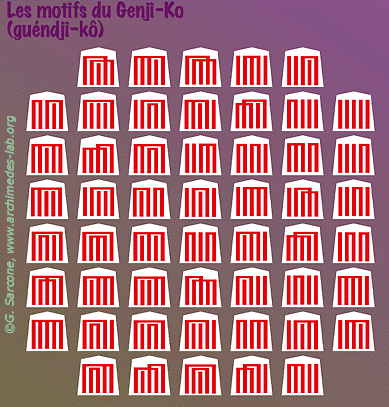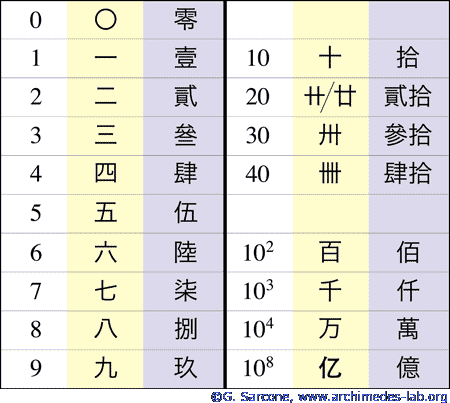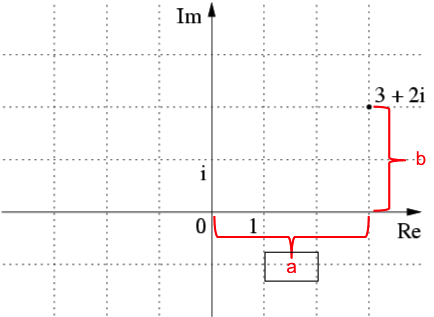Origins of Zero
We're used to seeing it as a nothing, or even part of the code on a barcode label . But zero is probably the most complicated number in existence. It has stumped amateur math students as well as genius mathematicians since the concept of math was first developed.

Zero first appeared in the middle of the 2nd millennium BCE when the Babylonian math system included it. Ancient Greeks were unsure about the existence of the number. It wasn’t until 9th century India that zero began being regarded as a real number, and not a symbol for separating positive and negative numbers.
Why Dividing by Zero Can Get You into Trouble
Put simply, you run into trouble dividing by zero because zero actually can’t be divided by anything. However, people assume that you actually get a result when you divide by zero because they assume that the answer is zero. They forget the distinction - an invalid math operation is invalid, and it certainly does not equal zero.
Is Zero Either Positive or Negative?
Since zero is the marking point between negative and positive numbers, it’s neither. It has no real value so it can’t be positive or negative.
Is Zero an Even or Odd Number?
Zero is an even number. Even numbers are any number that is evenly divisible by 2. As zero divided by 2 is zero, it’s an even number.
Is 1 a Number or Just a "Unit" for Counting?
It’s actually both. One is used as both a real number as well as a unit for counting. A unit of counting means most default measurements for things in mathematics. For example, in a line segment, the default unit length is always 1.
Origin of Infinity and its Symbol
The term “Infinity” refers to several concepts. In philosophy, it means something going on forever, without end. In math, it’s used as a real number. The symbol of infinity is a sideways figure 8. However, the symbol is somewhat of a mystery because its precise origin is unknown. Though it existed many years before, it is most commonly credited to John Wallis in 1665 when he wrote De sectionibus conicis.
Other Apparent Difficulties with Zero
Most mathematicians note that what makes zero so difficult to deal with is the fact that it’s not even really a true number. They propose that it’s just a concept. It’s a way to begin measuring a set of numbers, but since zero is technically nothing, it remains a concept rather than anything concrete.
Descartes' Representations of Numbers
Rene Decartes’ mathematical work is some of the most influential ever. His work applying infinitesimal calculus to the tangent line problem allowed that branch of mathematics to rapidly progress, eventually allowing Newton to make his mark on calculus. His rule of signs is also the most widely-used method of determining the number of negative and positive roots of a polynomial. This representations of numbers changed how math was done forever.




.jpg)

 ≈ 3.1622.
≈ 3.1622.












